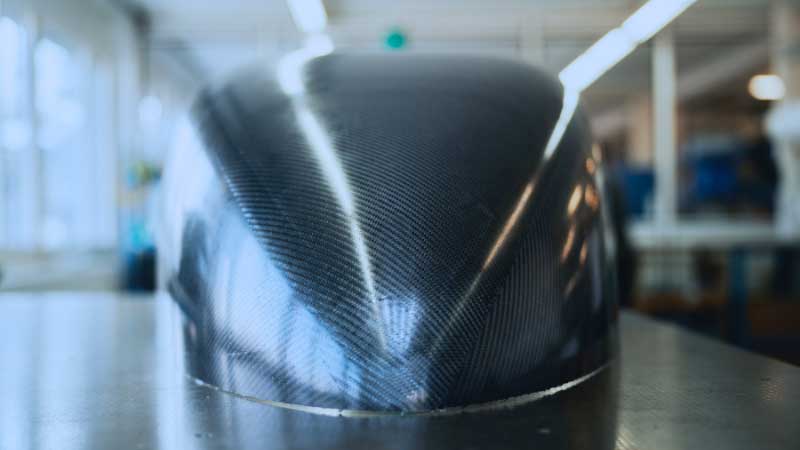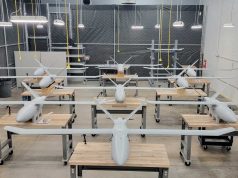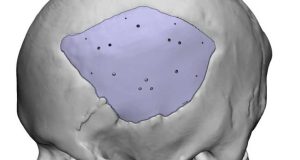The Swiss Connova Group has joined forces with Caracol and Formbar (CH) in an R&D project to investigate the possibilities of 3D-printed molds for composite production. Connova provided the 3D data of a drone nose structure from an ongoing project. Caracol used this to create the mold using its HERON AM platform – a modular 3D printing system for large-format components made from polymer and composite pellets. A special feature here is the material, which allows the mold to be used in an autoclave at 130°C and 6 bar pressure.
Before Connova could use the mold, however, the mold surface had to be reworked at Formbar using large, precise CNC milling machines. Only then were the composite specialists able to produce the component using the classic prepreg/autoclave process. As one of the first of its kind, the result is impressive.
The finished part was exhibited at the Caracol stand at JEC World 2024 in Paris. For traditional composite companies, 3D-printed molds are increasingly proving to be a solution for streamlining and speeding up processes that are often still very manual.
One of the main hurdles for the LFAM process was to ensure the dimensional stability of the printed material under autoclave conditions. The Connova experts’ project shows that these remaining challenges can now be overcome.
Subscribe to our Newsletter
3DPResso is a weekly newsletter that links to the most exciting global stories from the 3D printing and additive manufacturing industry.























